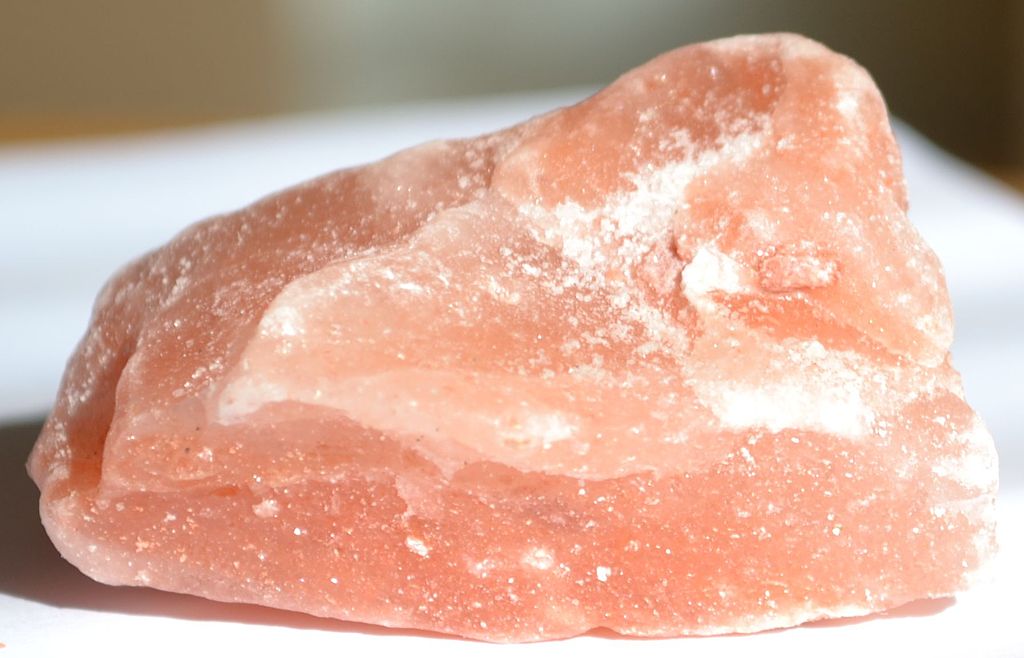Ancient salt rocks, thought to be 2 billion years old were discovered and studied by scientists. According to the scientists, the crystallized rocks reveal information about how oxygen levels raised on Earth many billions of years ago. They discovered the rocks in a 1.2-mile deep hole in Russia, and they shed light on the Great Oxidation event that took place on the Earth 2.3 billion years ago.
The ancient salt rocks were a part of evaporated seawater. Those rocks can easily dissolve and get washed away throughout time. However, what scientists discovered were very-well preserved, as they were discovered deep under the ground. The new study published in the journal Science on Thursday reveals that the ancient rocks provide “unprecedented” clues about what Earth’s atmosphere and its oceans consisted of 2 billion years ago.
“Instead of a trickle, it was more like a firehose,” Clara Blättler, a postdoctoral research fellow at Princeton and first author of the new study, said in a statement. “It was a major change in the production of oxygen.”
According to the researchers the salt rocks are likely mineral deposits, containing a lot of a seawater component known as sulfate. Sulfate is an important indicator that there was an increased production of oxygen at that time, as sulfate is created when sulfur reacts with oxygen.
“This is the strongest ever evidence that the ancient seawater from which those minerals precipitated had high sulfate concentrations reaching at least 30 percent of present-day oceanic sulfate as our estimations indicate,” Aivo Lepland, a researcher at the Geological Survey of Norway, a geology specialist at Tallinn University of Technology, and senior author in the new study said in a statement. “This is much higher than previously thought and will require considerable rethinking of the magnitude of oxygenation of Earth’s 2-billion year old atmosphere-ocean system.”
Geology experts suggest that according to the ancient salt rocks, Earth’s atmosphere started containing oxygen at around 2.4 to 2.3 billion years ago. Researchers are convinced that the oxygen appeared in the atmosphere thanks to the cyanobacteria that was capable of photosynthesis.
“It has been hard to test these ideas because we didn’t have evidence from that era to tell us about the composition of the atmosphere,” Blättler said.
John Higgins, assistant professor of geosciences at Princeton said the unique qualities in the ancient salt rocks are invaluable. They can help researchers understand the events that came after the Great Oxidation Event.
“This is a pretty special class of geologic deposits,” Higgins said. “There has been a lot of debate as to whether the Great Oxidation Event, which is tied to increase and decrease in various chemical signals, represents a big change in oxygen production, or just a threshold that was crossed. The bottom line is that this paper provides evidence that the oxygenation of the Earth across this time period involved a lot of oxygen production.”
The paper will also help deliver new models that can help us have a better understanding of the Great Oxidation Event, and what followed it.





